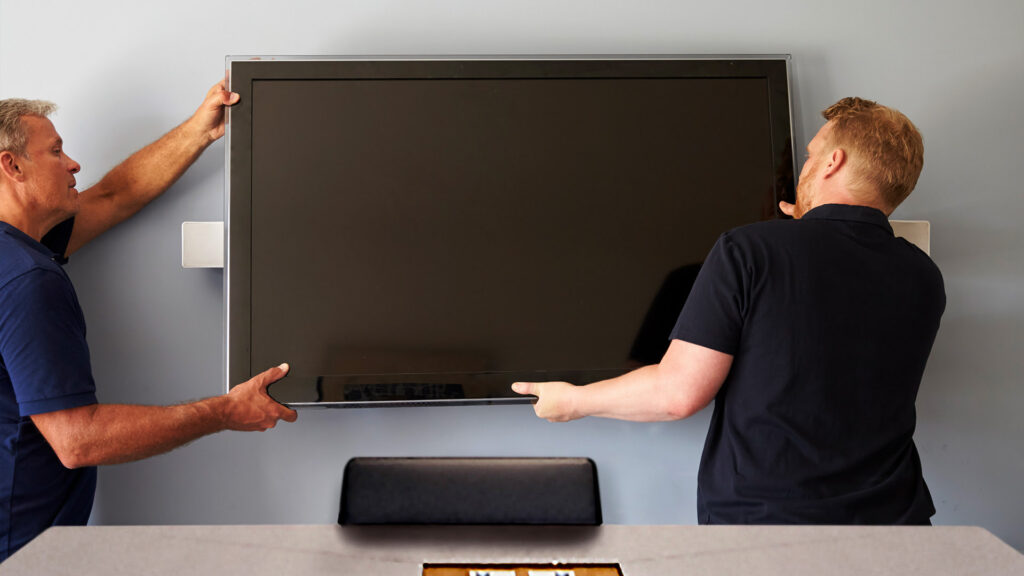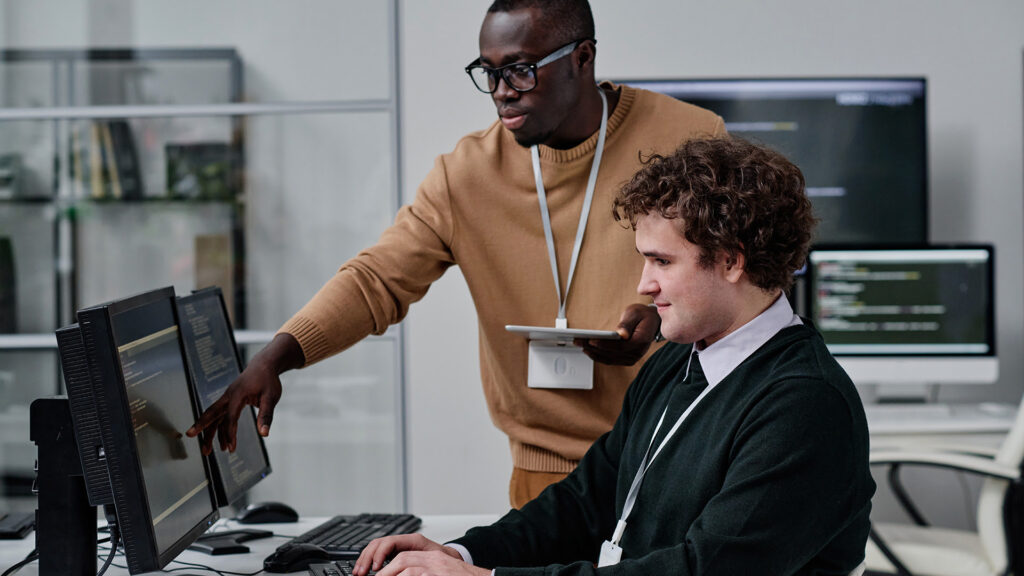The following contains excerpts from an in-depth interview with WORKTECH Academy. Click here to read the full article.
The hybrid workplace will stand or fall on the quality of the technology experience. Canada’s ET Group is using the principles of design thinking to make user experience central to the development process.
As organizations continue to shift to the hybrid work model, business leaders are also recognizing the need to provide a positive workplace experience for their people, regardless of where or how they are working. However, the best path to providing this great experience isn’t always clear.
Experience shapes the way that we feel about and interact with our workplace. Do your employees feel engaged, supported and empowered at work? Or do they feel frustrated, confused, and that they don’t have the proper tools to do the job?
Technology both enables hybrid work, as well as influences whether your employees have a positive or negative experience at work. So, when it comes to hybrid technology integration, a focus on the human experience needs to be top of mind.
The importance of creating satisfying workplace experiences
Designing hybrid workplace technology solutions that provide the ultimate experience for your people means focusing on just that: experience.
Lisa Perrine says: “What’s exciting is that people are starting to talk about their experience of work and relationships, not just design and technology. There’s much more conversation than there ever was because people are rethinking how they want to work together.”
The ways that your people and teams connect with each other have a profound impact on how work gets done. In an increasingly hybrid world, how people are encountering these experiences is evolving. When your employees don’t have the right tools available to enable them to feel connected to their work and workplace, their overall experience suffers.
Incorporating user experience into your workplace projects
Using the design thinking approach, your organization’s experience is brought to the forefront and weaved into every step of the design process, allowing for a better understanding of your needs, challenges and desired outcomes.
There are a variety of ways to apply design thinking methods to highlight the ways that your people experience the workplace, and come to understand what’s needed to ensure that experience is a positive one. One helpful tool is the “double diamond.”
The first diamond, dubbed the “problem diamond” is the phase where we listen, observe and analyze how your organization is currently experiencing the workplace, so when we move to the second diamond – the “solution diamond” – we can better develop technology designs that meet your peoples’ needs.
Iteration and co-creation are of utmost importance
“It’s important to be iterative and co-creating with clients,” says Lisa Perrine. “There’s nothing like mocking up the space to have people come in and experience it. We create early rough prototypes and continue to refine them. It helps to create a new level of community around the project.”
We use a variety of tools to prototype new solutions, so you can really get a feel for whether or not you are headed on the right path to the experience your people desire. 2D, 3D and 4D models and digital fly-through technology allow you to interact with the designs and pinpoint what does and doesn’t work, so together we can iterate and close those technology gaps faster.
Read more about how we incorporate the user experience into our design process in our latest interview with WORKTECH Academy.
Stay connected with us:
Follow ET Group on LinkedIn
Follow us on Twitter
Subscribe to ET Group’s YouTube Channel






